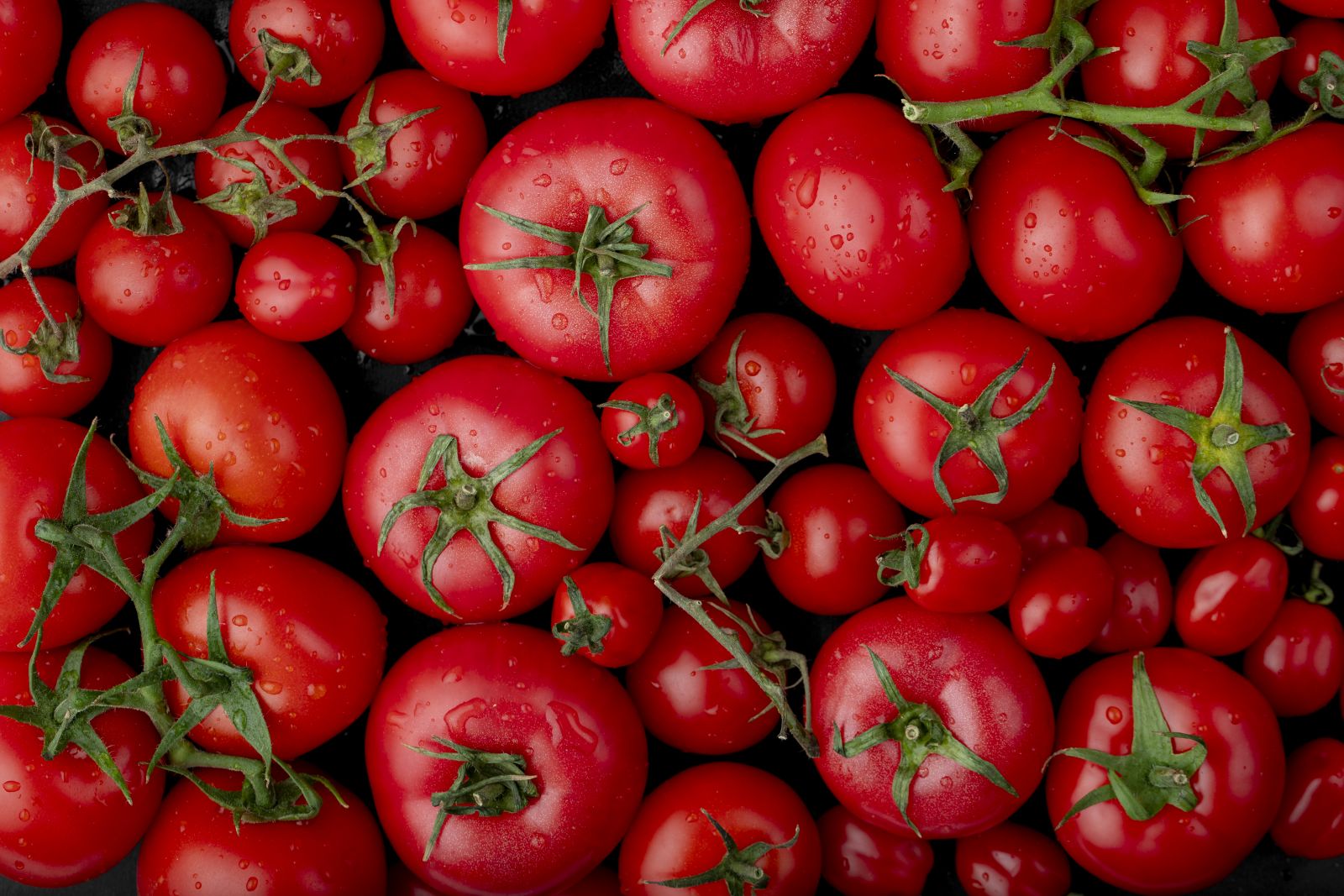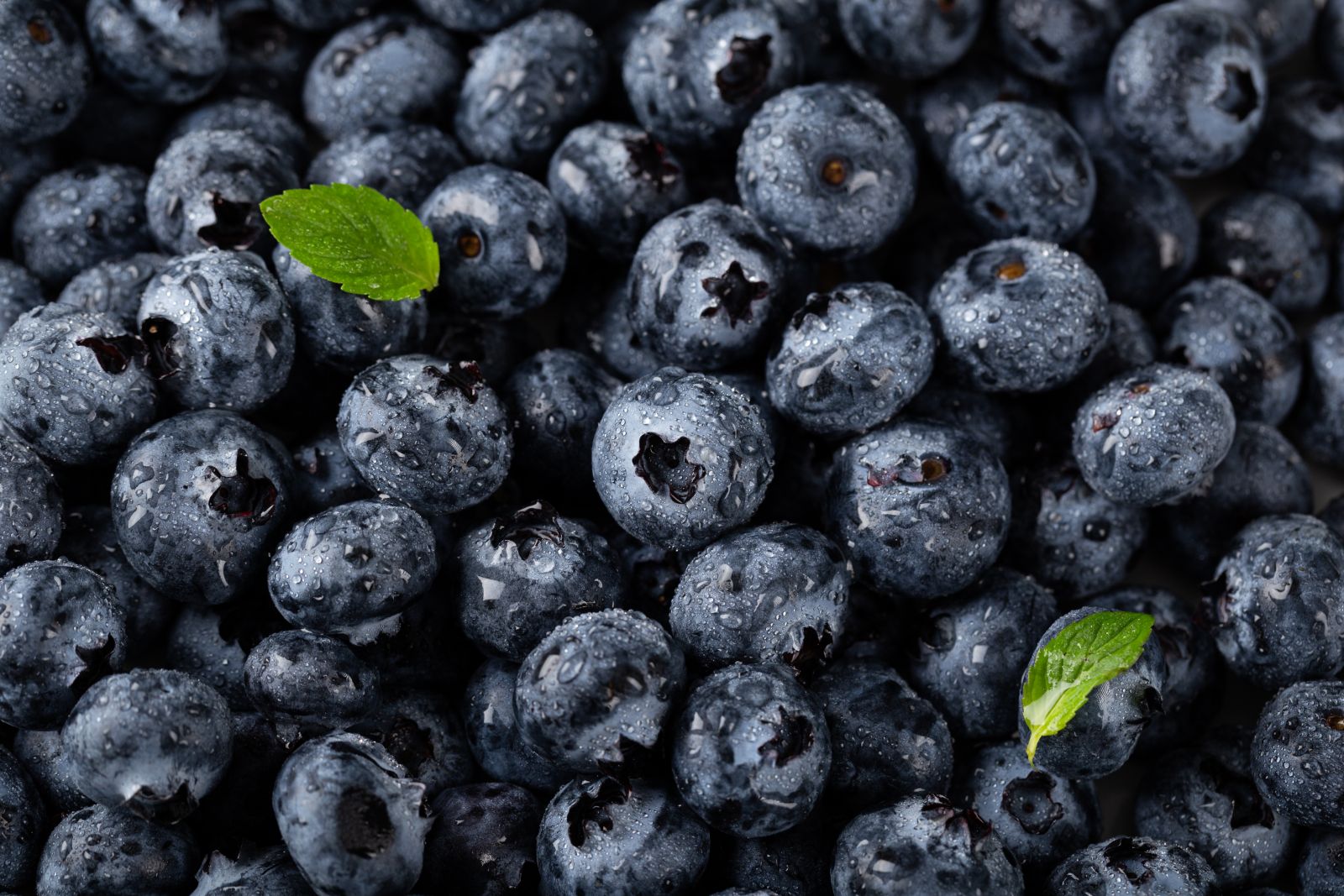Consuming Colorful Foods: Here's the Benefit!
"Eat the rainbow" is a popular term used to encourage the consumption of colorful foods, especially fruits and vegetables. Why are these foods so colorful? They are usually rich in nutrients. Moreover, fruits and vegetables are low in calories and fat but high in fiber, vitamins, and minerals.
Colors in food indicate the presence of phytonutrients (color-giving pigments). These compounds protect plants against environmental threats, but they offer health benefits to humans. Adopting a habit of consuming colorful foods is essential for protecting us from various chronic diseases.
Benefits Based on Color
Each color represents different compounds, each of which can benefit health. The content varies between vegetables or fruits of the same color, for example, the levels in broccoli are not the same as in spinach, even though they are both green. Here is an explanation of the colors, examples of foods, and their health benefits.
1. Red
Red fruits and vegetables like tomatoes, red peppers, watermelon, apples, cherries, raspberries, red guava, and grapefruit contain a major phytonutrient called lycopene, which is part of the vitamin A family. Red foods also contain folic acid, potassium, vitamin A, vitamin C, and vitamin K1. Their benefits include anti-inflammatory and antioxidant properties, which can improve heart health, reduce skin damage from the sun, and lower the risk of some cancers.
 Red color indicates the presence of lycopene, acting as an anti-inflammatory and antioxidant.
Red color indicates the presence of lycopene, acting as an anti-inflammatory and antioxidant.
2. Orange and Yellow
Orange and yellow fruits and vegetables like carrots, sweet potatoes, yellow peppers, bananas, pineapple, tangerines, pumpkin, squash, and corn contain carotenoid compounds such as beta-carotene, alpha-carotene, and beta-cryptoxanthin, also part of the vitamin A family. Orange and yellow foods contain fiber, folic acid, potassium, vitamin A, and vitamin C. Their benefits include anti-inflammatory and antioxidant properties, supporting heart health, maintaining eye health, and potentially reducing cancer risk.
3. Green
Green vegetables like spinach, kale, and broccoli contain chlorophyll and carotenoids, while broccoli and cabbage contain indoles, isothiocyanates, and glucosinolates. Additionally, there are kiwi and avocado. These green foods are high in fiber, folic acid, magnesium, potassium, vitamin A, and vitamin K1. Their benefits include anti-inflammatory and antioxidant properties; specifically, they can reduce the risk of cancer and heart disease.
4. Blue and Purple
Blue and purple fruits and vegetables like blueberries, blackberries, red or purple cabbage, eggplant, and plums contain anthocyanin compounds. Purple foods are also rich in fiber, manganese, potassium, vitamin B6, vitamin C, and vitamin K1. Their benefits include anti-inflammatory and antioxidant properties, improving heart health and brain function, and reducing the risk of neurological diseases, type 2 diabetes, and some cancers.

Purple color indicates the presence of anthocyanins, which are good for heart health, brain function, and cancer prevention.
5. Deep Red
Deep red fruits and vegetables like beets and prickly pears contain betalain compounds. These deep red foods are high in fiber, folic acid, magnesium, manganese, potassium, and vitamin B6. Their benefits include anti-inflammatory and antioxidant properties, lowering high blood pressure, improving heart health, reducing the risk of some cancers, and supporting athletic performance by enhancing oxygen uptake.
6. White and Brown
White and brown fruits and vegetables like cauliflower, garlic, radishes, white potatoes, and mushrooms contain anthoxanthins and allicin compounds. White and brown foods contain fiber, folic acid, magnesium, manganese, potassium, vitamin B6, and vitamin K1. Their benefits include anti-inflammatory and antioxidant properties, and they can lower the risk of colon cancer, other types of cancer, and support heart health.
Consuming colorful fruits and vegetables daily will bring many health benefits. The colors represented by each food indicate the presence of different phytonutrients. Most of these have anti-inflammatory and antioxidant properties. Additionally, they support heart health and help lower cancer risk. Confused about where to start? Check out the next Newfemme article!

